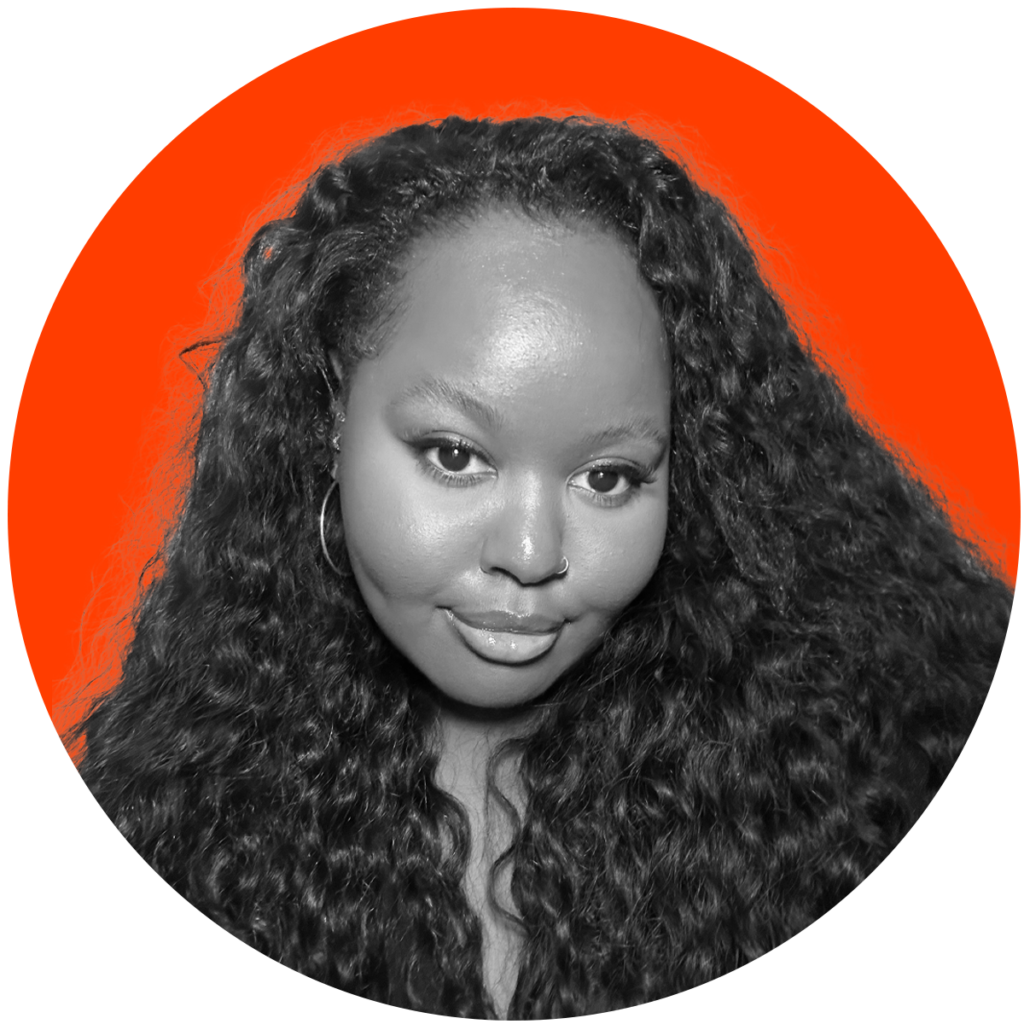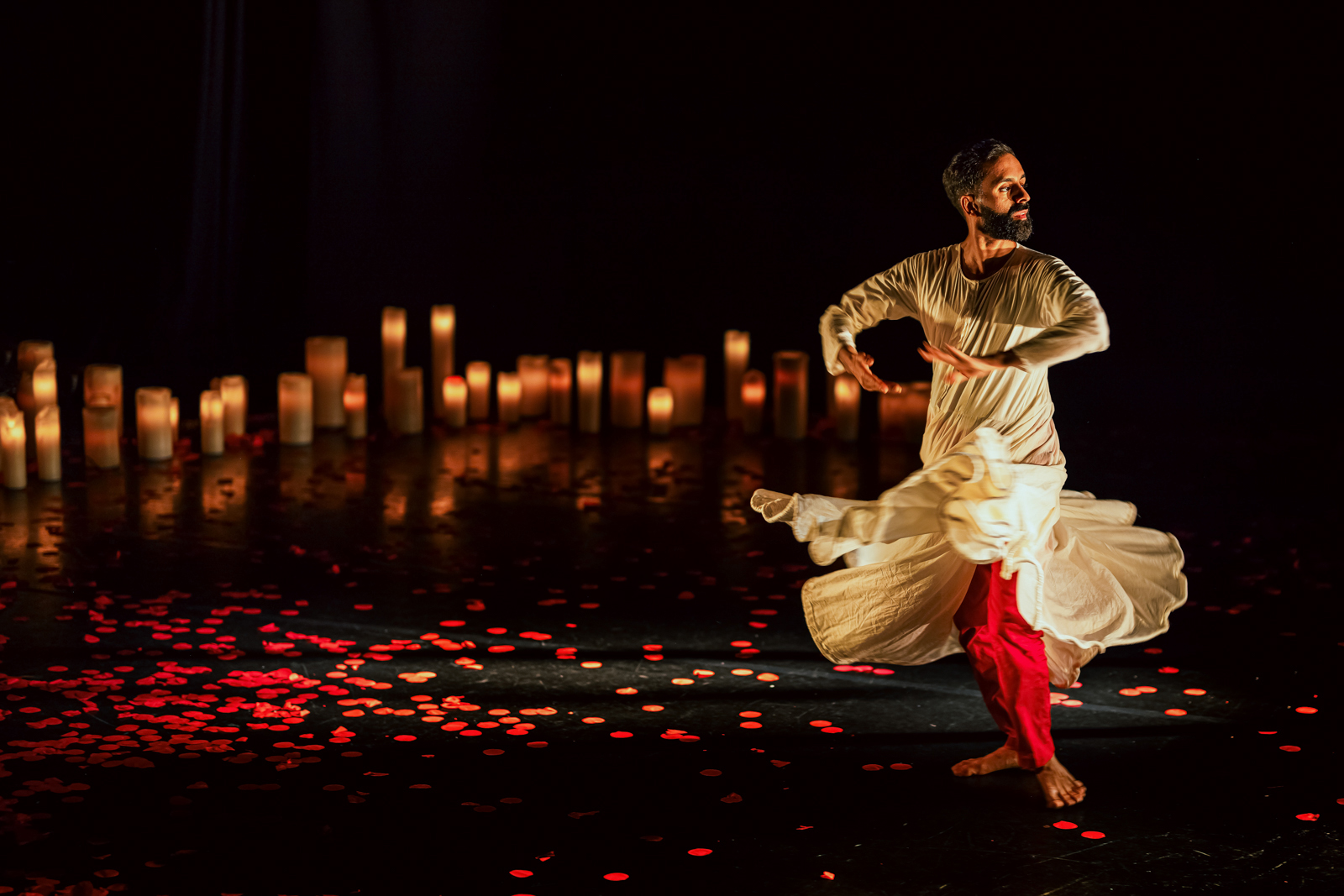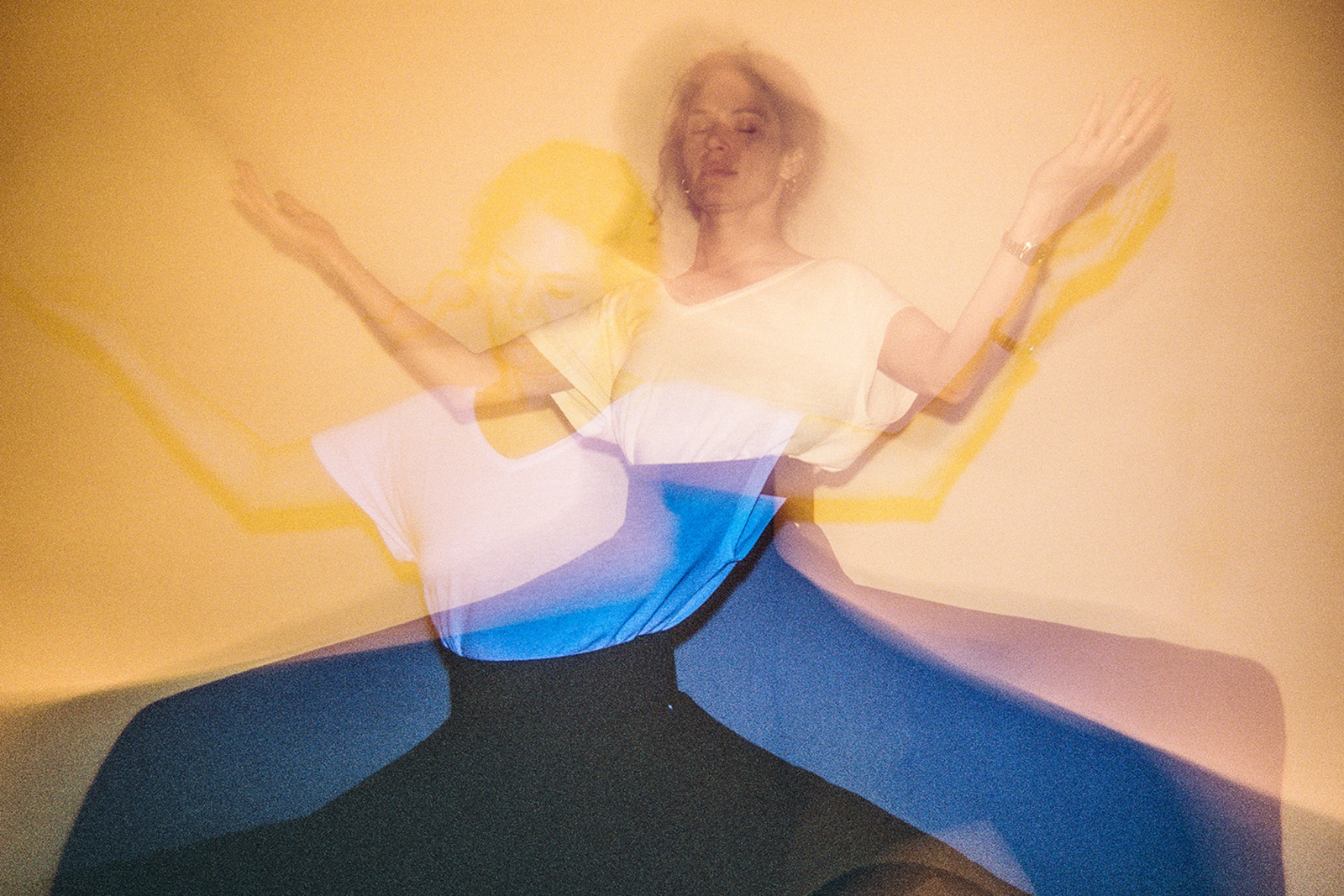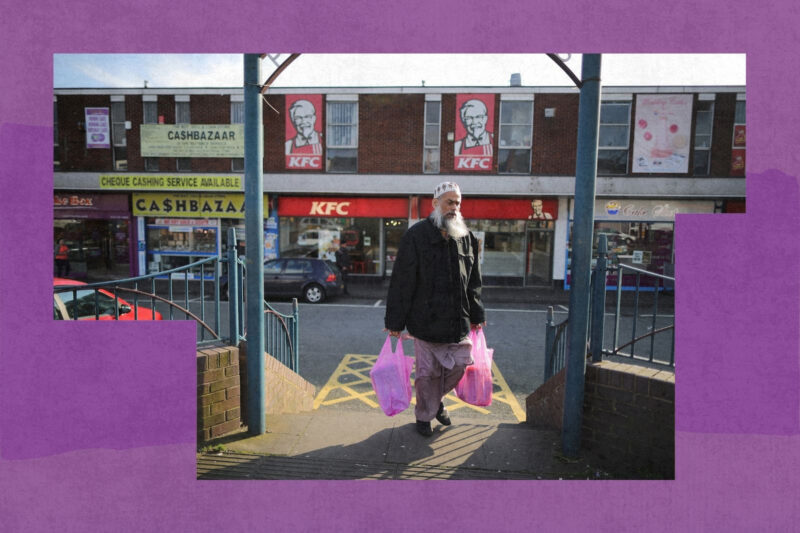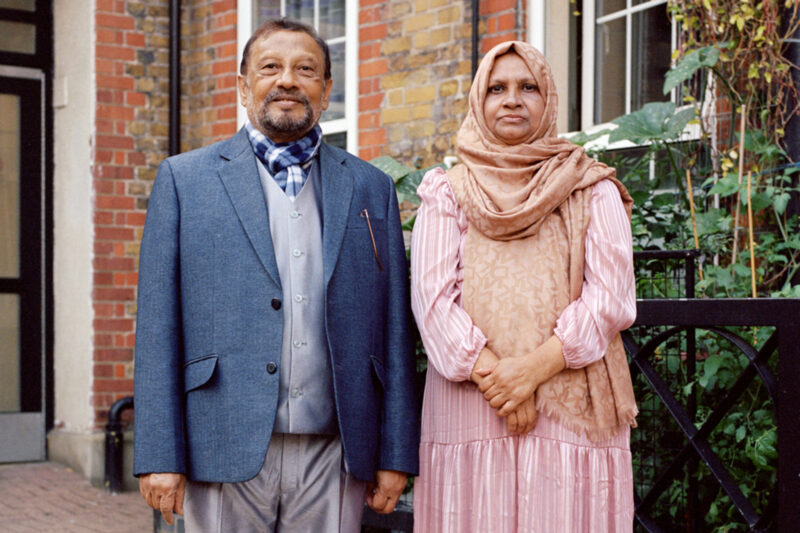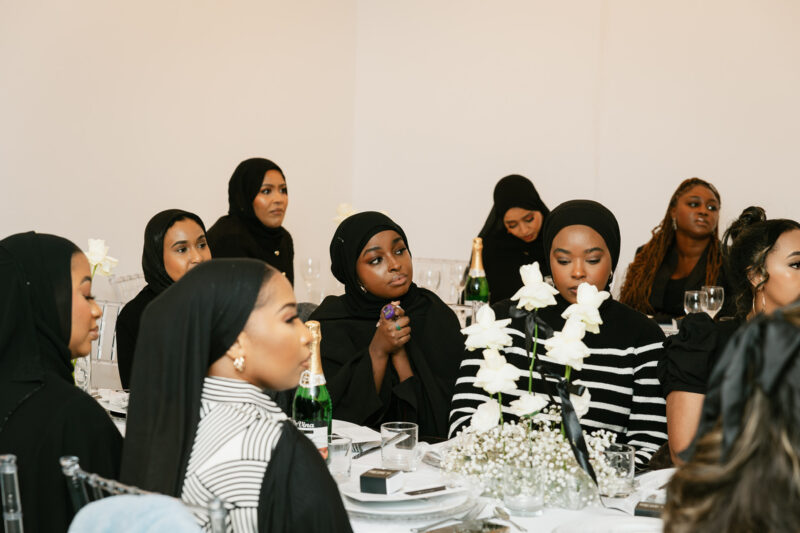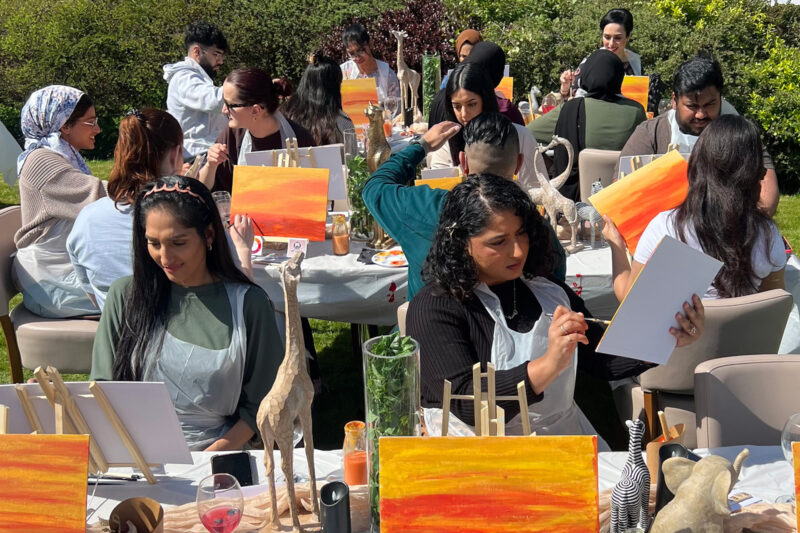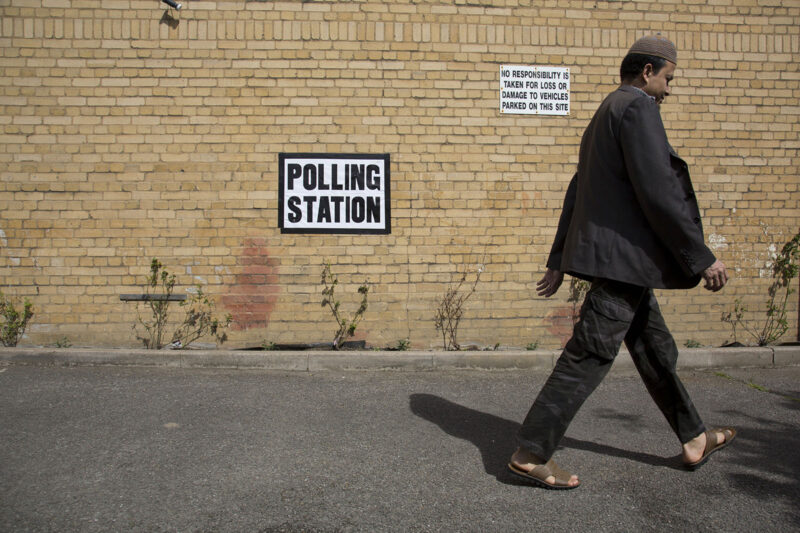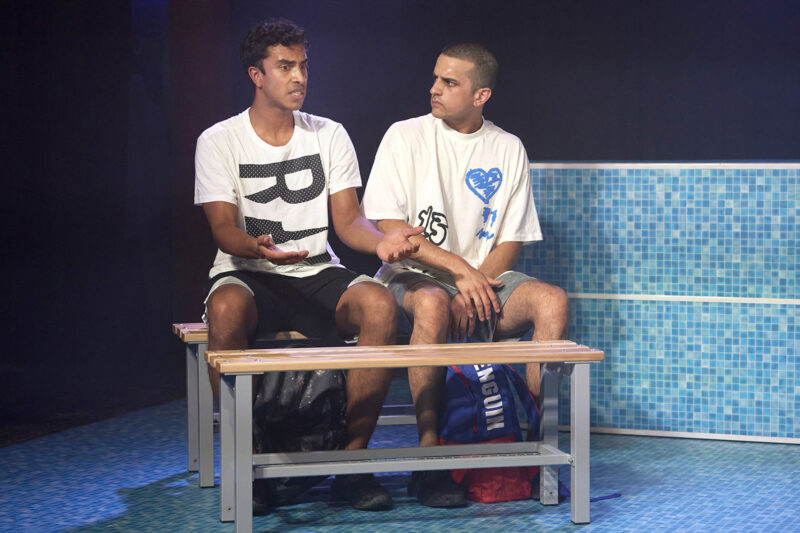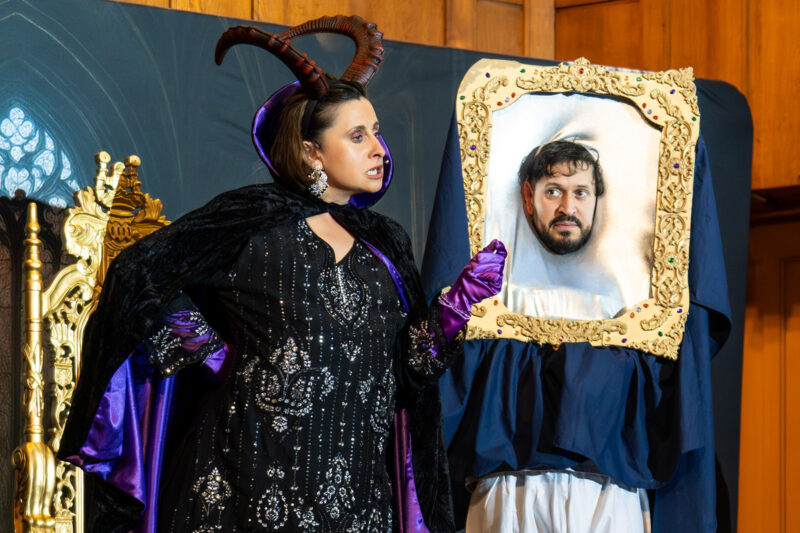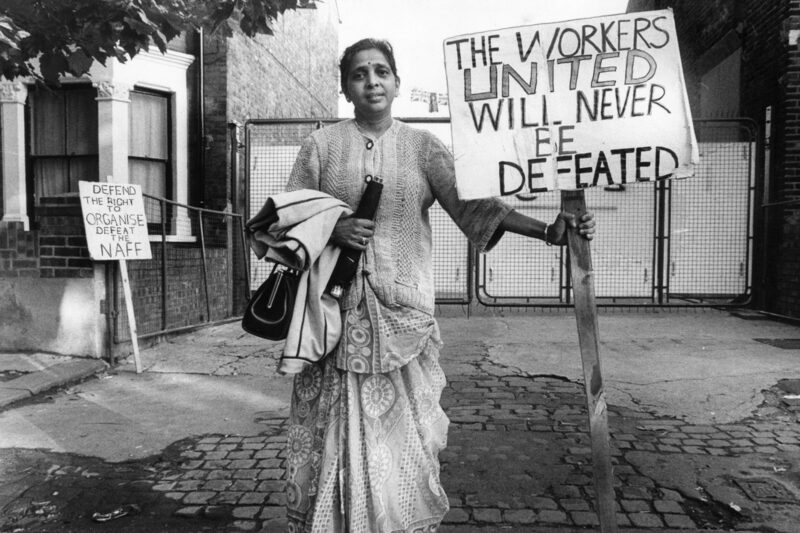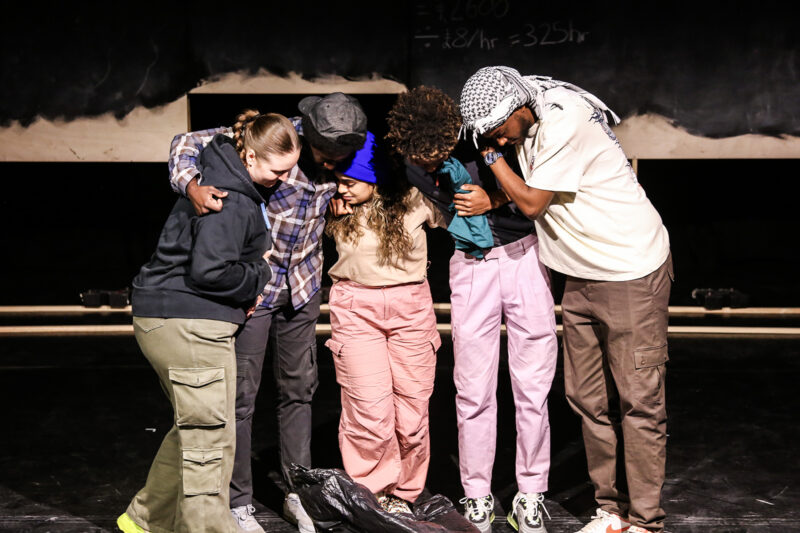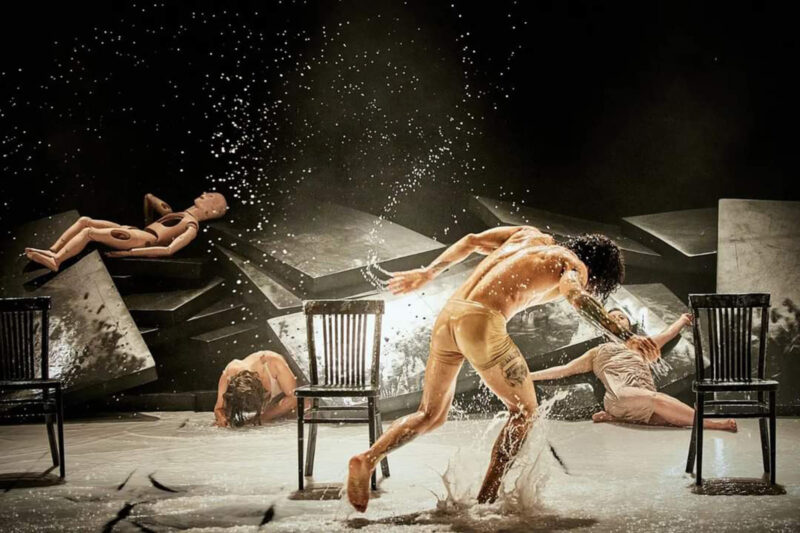Grace and Poise: inside the dance school changing the face of ballet
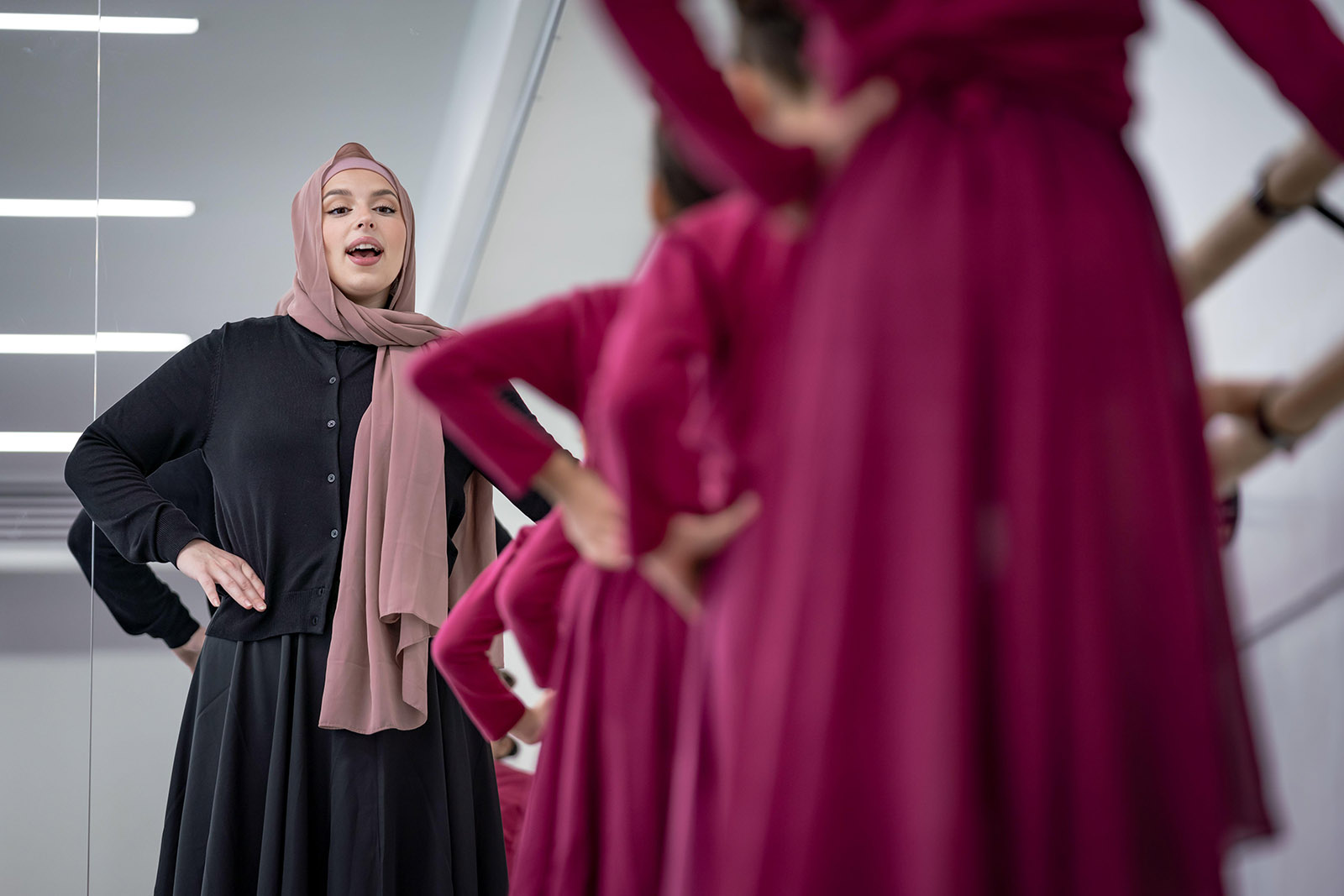
At what’s believed to be the world’s first Muslim ballet school, children perform to poetry, not music, making the artform accessible to all
One of the first things parents and students will notice in a Grace & Poise class is the absence of music. Instead of a traditional recorded or live musical accompaniment, children dance to poetry. “It allows them to find ways of communicating their feelings and their thoughts,” says dancer and choreographer Maisie Alexandra Byers. “It’s such a good outlet for children developmentally.”
Ballet has long been criticised for its lack of accessibility — from prohibitive costs to rigid traditions that shut out anyone who does not fit a narrow physical and cultural ideal — but this school is working to change that.
Founded by Byers in 2019, Grace & Poise claims to be the first Muslim ballet school in the world. Byers, 30, converted to Islam in the summer of 2018. Already working as a dance teacher and choreographer, she says there was an “urgency” to create a space that made ballet more accessible to Muslims.
“It was such an integral part of my life — it was my livelihood. I felt I had to start working out how I was going to juggle my identity and my passion for ballet,” she says.
A few months after converting, Byers started trial ballet classes for Muslim children in London. Now, the school teaches roughly 1,000 children above the age of two each week across nine sites — leisure centres or yoga and pilates studios — in London, Luton and Birmingham.
From the start, inclusivity has been central to Byers’s mission. While there are no official recorded statistics on how many Muslim children or adults currently practice ballet in the UK, the industry has often prioritised specific body types, gender roles and cultural norms. People of colour, plus-size people and those with disabilities were largely excluded.
Stephanie Kurlow, who was believed to be the world’s first ballerina to perform in a hijab, has highlighted the challenges Muslim girls face in ballet, noting that there are no facilities or services specifically catering to them and that young people from different religious or racial backgrounds often lack opportunities to engage in the art form.
“We try to invite different students from different areas, with different ethnic backgrounds, to participate in events or shoots,” says Byers. “We want anyone looking at our work to feel a sense of relatability. I pray that we’ve helped people feel that sense of representation,” she says.
The school’s diversity is reflected in its students. “It makes us feel such a sense of achievement that there are such different communities in the spaces that we work, and the fact that we’re not just targeting one population or one community,” Byers says.
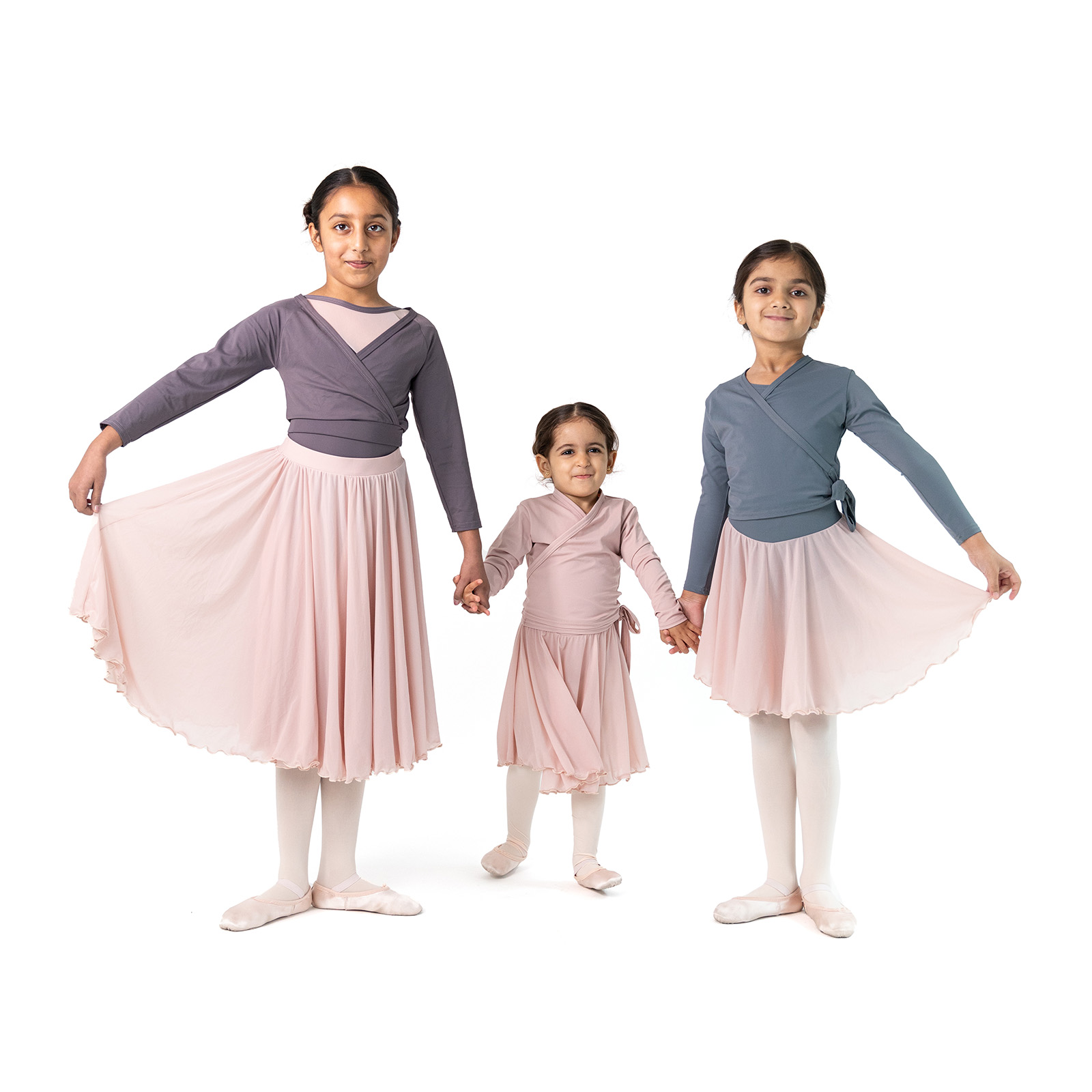
Boys are welcome in the same classes as girls until the age of seven, but after that they become female-only, and all teachers and observers are female. “With the modesty aspect, what really surprised people was the fact that the girls don’t have to adapt that much,” says Byers.
“We are careful about their privacy. Girls who wear a hijab can come to class, have their uniform underneath, and then take off their hijab and their abaya, then put it back on when they leave.”
The school has recently redesigned its uniforms in partnership with ethical dancewear company Dansez. “The skirts for the older girls come down to the knee and they’re double layered, so there’s no transparency. They’ve also got trousers that they can swap with their skirts. When they’re doing floor work and they’re rolling all over the place, they feel that their legs are covered,” says Byers.
Byers explains that Grace & Poise’s focus on performing to poetry is a natural evolution of her choreographic process and that accommodates children who might not listen to music. She maps out the ballet skills needed by her students at every level, develops the sequences, and then writes the poems herself.
“When I was working with music, quite often I would work the other way around. But with this, I work from the choreography I’ve created and then I write the poetry to match,” she says.
The poetry supports movement through themes in an age-appropriate way. “Say there’s a five-year-old, I might use fireworks in my poetry theme. It’s always done with a rise and fall so you don’t feel that it’s separate from the movement. You can really feel like it’s intertwined,” Byers says.
She adds that using poetry nurtures the emotional and cognitive development of the dancers. “You’ve got this verbal content in the space that a child can reflect on: ‘What does it mean? How does it make me feel? How can I communicate this through my movement and my expression?’”
Byers believes that can help children build valuable social skills. “It might lead them into being able to emotionally regulate more and being able to feel comfortable presenting or communicating with others, and even being able to interpret other people’s body language”
Alongside dance and fitness, the school also emphasises the values of Islam, including patience. “Ballet is very challenging. If children enjoy something and it suddenly gets hard, we have to help them navigate beyond that because that pattern is just going to repeat in every other area of their life,” says Byers.
She adds that the school’s name reflects its mission. “Grace is the grace of ballet, but also the internal grace of one’s character. Poise is an understanding that ballet looks very poised in your posture and everything you’re doing. At the same time, there’s this inner poise, this confidence in your own identity as a Muslim girl.”
 Newsletter
Newsletter

